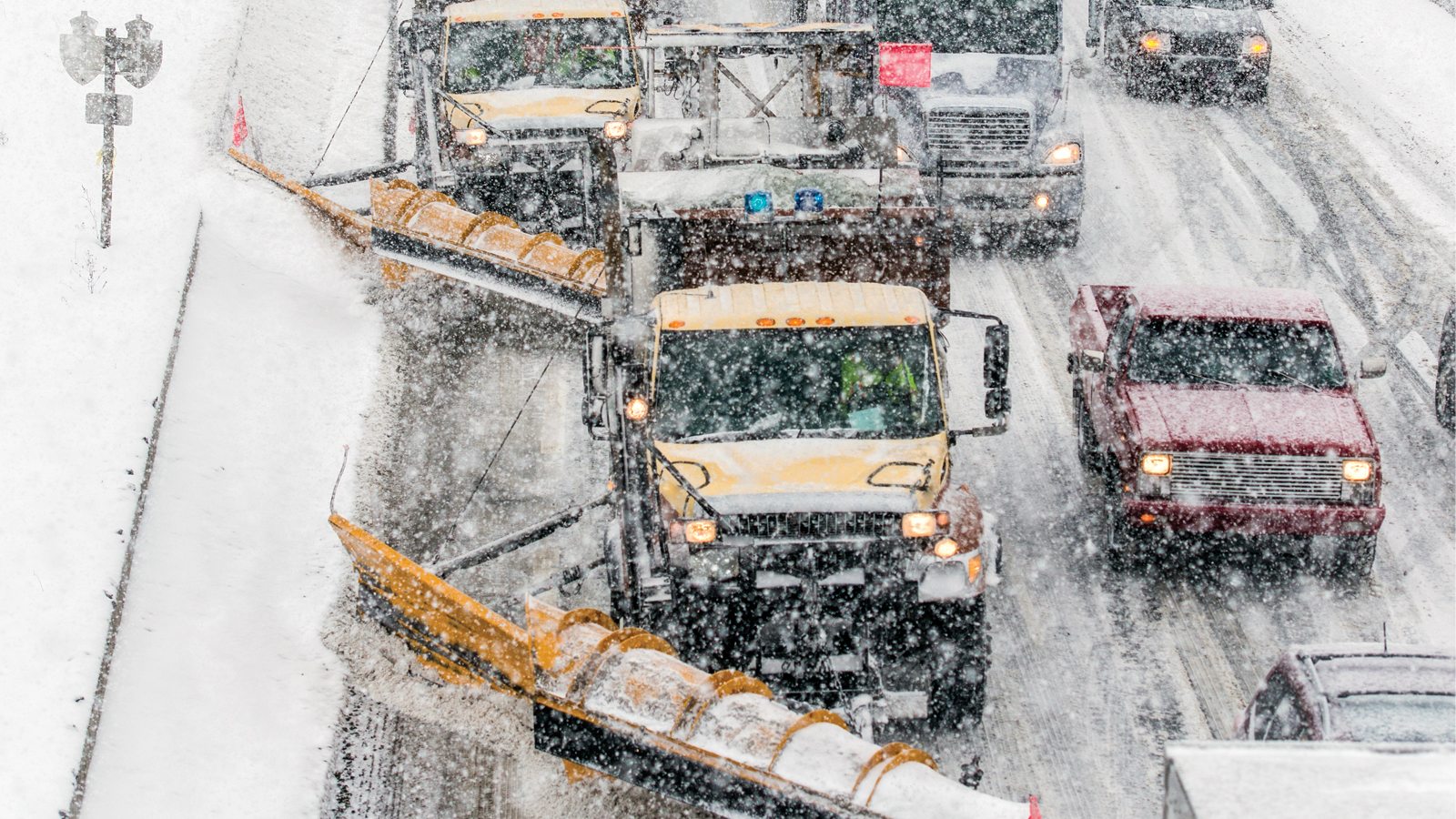Even in good weather, driving on wintry roads can present challenges. Be prepared for seasonal conditions and stay safe by following these winter driving tips.
1 Check weather and travel conditions before heading out. If they’re poor, stay off the roads. Listen to your local news or weather stations for an update.
2 Plan your route in advance. Allow extra time for travel and let others know your route and ETA.
3 Cars are now equipped with daytime running lights, but that may not include your full headlights and/or taillights. Manually turn on lights when days are shorter and visibility is reduced.
4 Snow and ice can triple your stopping distance. Leave more-than-normal space between the car ahead of you and use turn signals well in advance to alert drivers behind you.
5 Use gentle braking and steering techniques—9 and 3 hand positions provide the best control. Never pump brakes and if you feel the ABS brakes engage, hold firmly, don’t let up and look and steer where you want the vehicle to go.

6 If you find yourself in a skid, ease off the gas pedal—don’t apply the brakes—and look and steer when you want the vehicle to go.
7 Don’t crowd the plow. While it is legal to pass snowplows, always give operators room to work—to prevent collisions and help them clear roads faster. Plows can impact visibility by scattering loose snow, so slow down, stay back and wait for the plow to move aside before attempting a pass.
8 Slow down around tow trucks and emergency responders—it’s the law. In Alberta, motorists must slow to at least 60 km/hour (or less if the posted limit is lower) when they’re in the lane next to a police vehicle, ambulance, fire truck or tow truck with lights flashing. On highways, try to move to the far lane to give operators room to work safely.
9 Always slow down at intersections. Pay special attention in school and playground zones.
10 Never use cruise control on winter roads. To prevent loss of traction in icy conditions, you may need to reduce your speed by lifting off the gas pedal, which takes an extra step when cruise control is engaged.
11 AMA Driving experts and educators can teach you smarter driving strategies, like threshold braking, steering techniques and how to get out of a skid. Consider brushing up on your skills with an AMA driving course.
WE’RE HERE TO HELP
To contact AMA Roadside Assistance:
• Call 1-800-CAA-HELP (1-800-222-4357)
• Submit an online request at ama.ab.ca/Help
• Send a request through the AMA app
